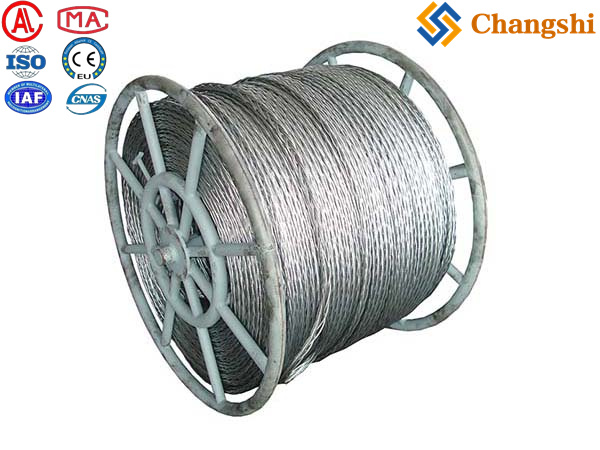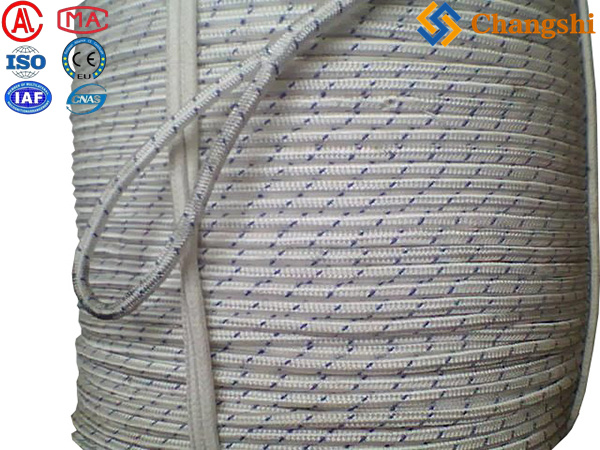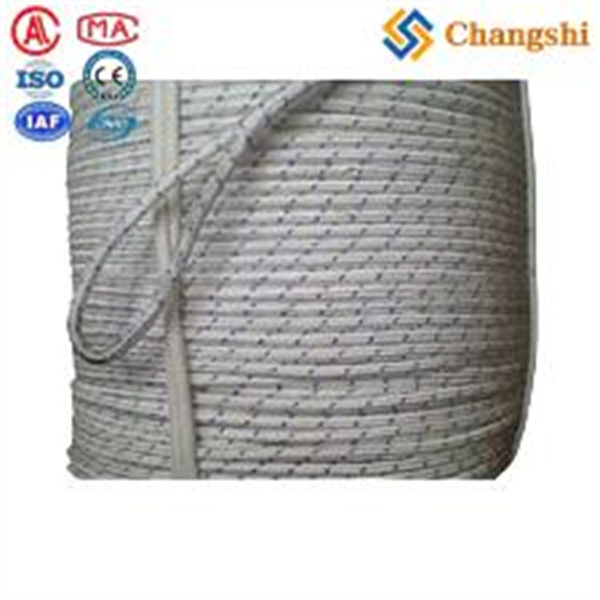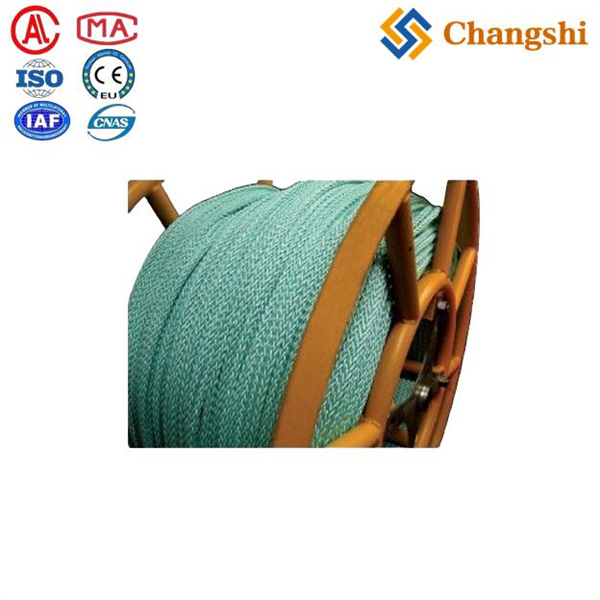
Pilot Wires & Pulling Ropes
Pilot Wires (or Pilot Lines / Sock Lines)
The term "pilot wire" in power line stringing refers to the very first, relatively lightweight line that is installed across the spans of towers or poles. Its primary purpose is to establish a connection between the pulling machine (puller) and the tensioner/conductor reel.
Initial Installation: Pilot wires are often strung using methods that don't require heavy machinery, such as:
Drone stringing: Drones can carry a very light pilot line (often a small synthetic rope or fishing line-like material) across spans, which is then used to pull a slightly heavier pilot wire.
Helicopter stringing: Helicopters can rapidly string pilot wires across long and difficult terrain.
Manual/Small Winch: For shorter spans or distribution lines, lighter pilot wires can be pulled manually or with small winches.
Purpose: The pilot wire acts as an intermediary. It's too light to directly pull a heavy conductor. Instead, it pulls the heavier "pulling rope" across the span.
Materials:
High-strength synthetic ropes: Such as those made from Dyneema (HMPE - High Modulus Polyethylene), Spectra, or Polyester. These are preferred for their very high strength-to-weight ratio, low stretch, and often good resistance to abrasion and UV. They are often braided (e.g., 12-strand) for anti-twisting properties.
Small diameter steel wire rope: Less common for the very initial pilot wire due to weight, but can be used.
Size: Relatively small diameters, typically ranging from a few millimeters up to around 10-15mm, depending on the length of the span and the weight of the subsequent pulling rope.
Pulling Ropes (or Pulling Wires / Haul Ropes)
The "pulling rope" is the intermediate line that directly pulls the actual conductor (or bundled conductors) or heavy cable. It is significantly stronger and heavier than the pilot wire.
Sequence: The pilot wire is pulled by the puller, then the pulling rope is attached to the pilot wire and pulled across the span. Finally, the conductor(s) are attached to the pulling rope and pulled into place.
Purpose: To transmit the high pulling force from the puller machine to the conductor/cable. It must be strong enough to handle the tension required to overcome friction and weight, yet flexible enough to run smoothly through stringing blocks and around bullwheels.
Materials:
Anti-Twisting Steel Wire Rope: This is the most common and robust type for heavy transmission conductor stringing. It's typically made of galvanized steel strands, braided in specific "anti-twisting" or "non-rotating" constructions (e.g., 12-strand, 18-strand, hexagon braided). This special braiding prevents the rope from rotating under load, which is critical to avoid damaging or twisting the conductor being pulled. Diameters can range from 9mm up to 32mm or more for very heavy conductors.
High-Strength Synthetic Ropes: For lighter to medium-duty pulls, especially where steel might be too heavy or cause excessive wear on equipment, very high-strength synthetic ropes (like larger diameter Dyneema/HMPE or specialized Polyester blends) can be used. These offer advantages like being lighter, easier to handle, and non-conductive (beneficial for live-line work).
Polypropylene or Polyester Ropes: For lighter distribution work or general utility pulling.
Connection: Often connected to the conductor(s) via specialized pulling grips (mesh socks) and swivel joints, which prevent the conductor from twisting as it's pulled.
Why the Multi-Stage Pulling Process?
The sequence of pilot wire → pulling rope → conductor is essential for:
Efficiency: It's much faster and easier to string a lightweight pilot wire initially, especially over long spans or difficult terrain.
Safety: Minimizes the weight and force involved in the initial stringing stages, reducing risks.
Equipment Optimization: Dedicated light-duty equipment for pilot wires (e.g., drones, small winches) and heavy-duty equipment for conductors (hydraulic pullers) can be used effectively.




